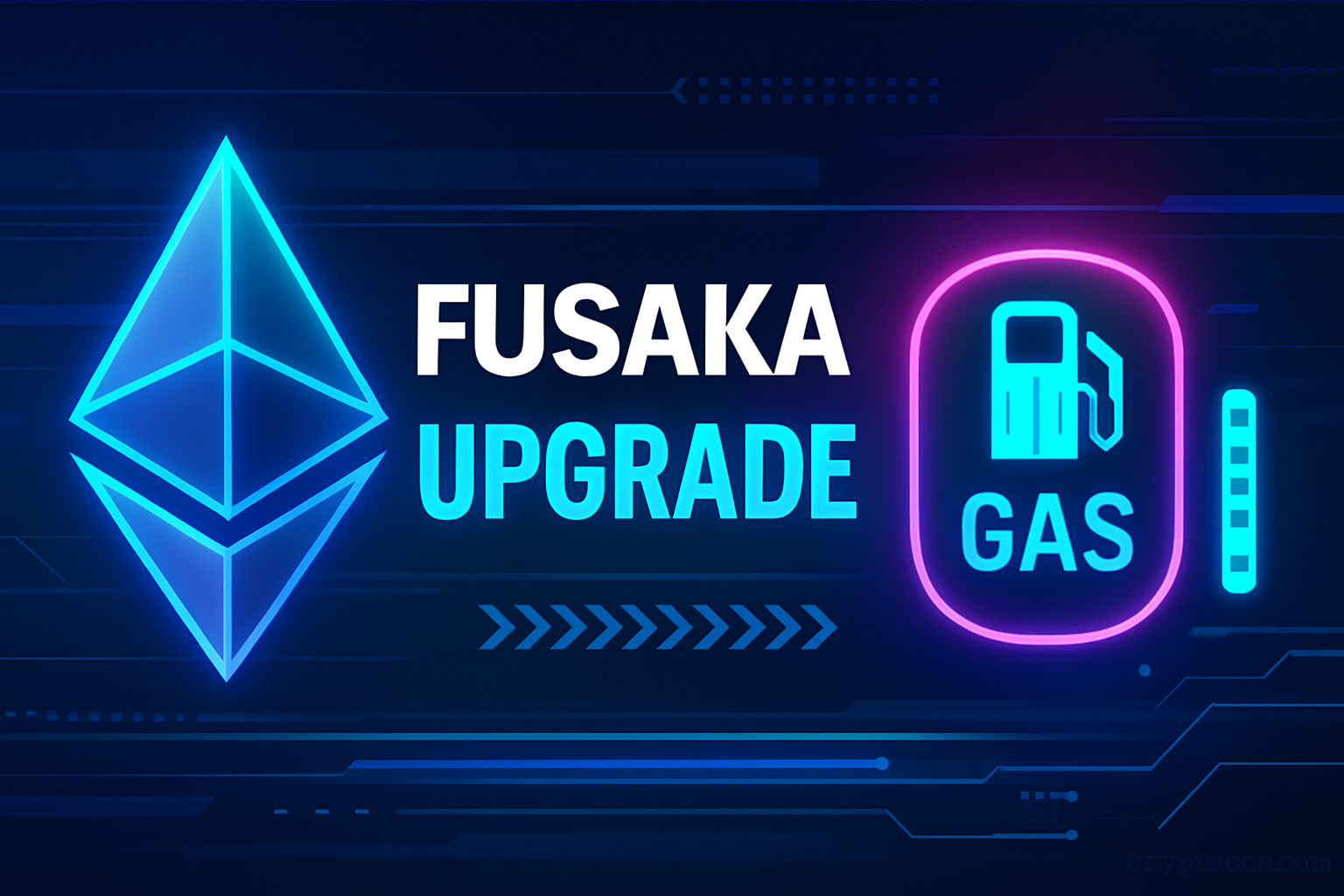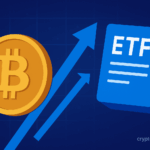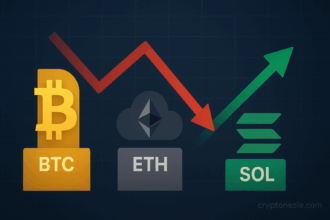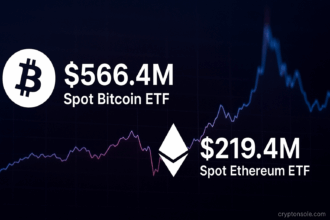The Ethereum network is entering the final public testnet phase of its upcoming Fusaka upgrade, with the mainnet launch tentatively scheduled for 3 December 2025, according to multiple sources. The upgrade introduces a per-transaction gas limit (≈ 16.78 million gas units) under EIP-7825, along with other infrastructure enhancements geared to boost block efficiency and pave a path toward parallel execution of transactions.
What’s new in Fusaka
Key features in this upgrade include:
- A per-transaction gas cap of approximately 16.78 million gas units, preventing any single transaction from consuming an entire block’s gas.
- An increase in the block gas limit (from ~45 million to ~60 million units) to allow more throughput.
- Introduction of PeerDAS (Peer Data Availability Sampling), a mechanism which reduces the data burden for validators by allowing them to sample parts of layer-2 roll-up data rather than download everything.
- The roadmap for future “parallel execution” — enabling multiple transactions to process concurrently rather than strictly sequentially — is helped by Fusaka’s groundwork.
Why it matters
- Improved block efficiency and safety: By capping gas per transaction, Ethereum reduces risks of a single transaction monopolising block capacity, which can lead to denial-of-service (DoS)-type vulnerabilities or inefficient block composition.
- Better scalability for layer-2 roll-ups: The blob/data availability improvements help roll-ups (layer-2 networks) post more data with less cost and validator burden, improving the end-user experience (lower fees, faster finality).
- Maintaining decentralisation: By lowering the hardware/data burden via PeerDAS, Fusaka helps ensure smaller validators remain viable, preserving Ethereum’s decentralised ethos even as capacity increases.
- Preparatory step for the next major upgrades: Fusaka’s changes set the stage for more transformative architecture shifts like full parallel transaction execution, which could further boost throughput and performance.
Timeline & current status
- Testnets such as Holesky and Sepolia have already implemented the new features in October 2025 for testing.
- The next major testnet phase is scheduled on the Hoodi testnet for 28 October 2025.
- Provided the testnet passes go smoothly, the mainnet activation is targeted for 3 December 2025, though this could shift depending on outcomes.
Risks & caveats
- Date flexibility: As with all major upgrades, the December date is a target not a guarantee — issues found in testnet phases may delay the rollout.
- Large transaction compatibility: Contracts and scripts that currently rely on extremely large gas-usage per transaction may need remediation to comply with the new cap — users or projects must verify compatibility.
- Validator & node operator coordination: Upgrading clients, verifying PeerDAS operations and adjusting configurations are complex; any client divergence or bug could7 raise network risk.
- User-impact minimal but real: While most everyday users won’t notice big changes, some advanced DeFi / batch-transaction users may need to adjust to the new gas-cap regime.
What to watch next
- Successful Hoodi testnet deployment: Monitor how well Fusaka features behave in conditions closer to mainnet — including block gas-limit increases and PeerDAS sampling.
- Client release updates and validator notices: Ethereum client teams will issue version upgrades and validators will require coordination; delays or divergences are warning signs.
- Mainnet activation announcement: Keep an eye for a formal4 date confirmation from the Ethereum Foundation or a block-height trigger published in advance.
- Post-upgrade metrics: After activation, metrics such as block gas-utilisation, transaction fees, validator counts, roll-up throughput and node operator hardware load will gauge success.
- Broader ecosystem impact: Developers building on Ethereum (especially layer-2 roll-ups) will begin optimizing for Fusaka’s environment — e.g., adjusting blob usage, transaction size, batching strategies.
Bottom line
The Fusaka upgrade marks a major inflection point for Ethereum’s infrastructure — balancing scalability, efficiency and decentralisation as the network grows. The introduction of a per-transaction gas cap, higher block capacity and enhanced data-availability tools prepare the network for a future of parallel execution and large roll-up-driven activity. While the December 3 target is ambitious, the protocol’s roadmap is now firmly focused on practical scaling, not just theoretical upgrades.
3CG7PVRA












